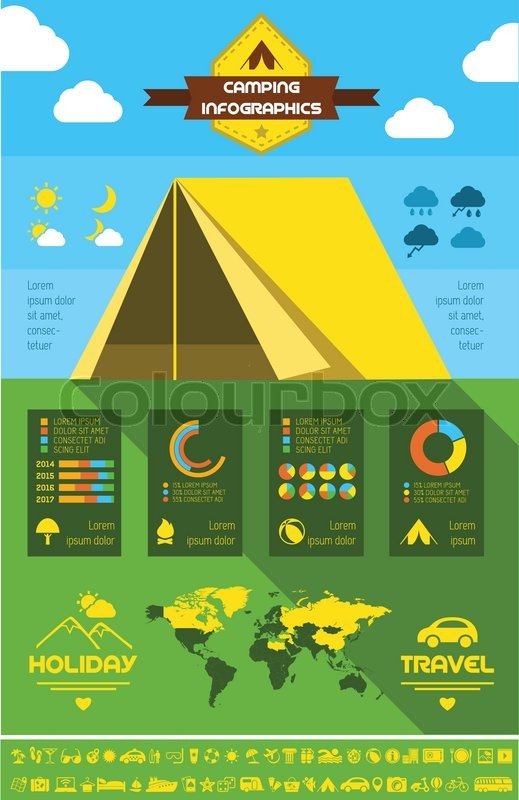Corner angles are very important elements in building and construction and design jobs. They provide stamina, sturdiness, and flexibility. They are likewise very easy to set up and can endure various environmental factors.
Builders make use of numerous sorts of angles to produce strong, steady structures. Some of these angles are for aesthetics, while others are used to improve ease of access and feature.
Strength
The toughness of steel angles is important for ensuring that frameworks are safe and can stand up to hefty tons. These parts can be used for a range of projects, from strengthening beams and columns to producing frameworks for shelving and secure fencing. They are also perfect for producing assistance structures in commercial environments.
Rounded inside edges are a vital part of modern-day engineering and style, as they help to distribute stress and anxiety evenly across the product. This can make a material more powerful and less likely to split or fail, particularly in products such as glass, rock, and ceramic tile.
Spherical edges in rotomolded parts also help to reduce stress and anxiety concentrations, which can bring about structural weak points and low quality. For this reason, Gregstrom Company advises that developers use rounded corners when creating rotomolded parts. These functions will certainly enhance the total quality of the ended up product and aid to guarantee that the shaped component is strong, long lasting, and durable. This will minimize the demand for repairs or replacements gradually.
Durability
Rounded inside edges are an important element of modern-day engineering and design, and they can dramatically boost the security of structures made from stone or glass. They likewise aid to equally distribute tensile and compressive forces, which minimize the probability of fracturing or breakage.
These angles are important to our day-to-day lives, making it less complicated for us to move around in our environments. As an example, wheelchair ramps, stairs, and doorways are created with exact angles to ensure security and access. In addition, the right angle is used in bridges and buildings to ensure structural integrity.
In geometry, an angle is the point where 2 rays meet. It is also known as a vertex. The four edges of a square have an inner angle of 90 levels. However, the term is frequently used to describe any type of corner. As an example, in image structures, the leading and lower rails call for 45 level mitre cuts. This is because the board widths are different.
Flexibility
While the best angle is the most common type of angle, various other kinds can produce special, practical, and visually appealing frameworks. Whether you're making a contemporary coffee table or an industrial-style home, utilizing different angles will help you attain the wanted visual.
You can utilize aluminum angle to make customized brackets for securing and enhancing your tasks. These brackets are lightweight and solid, so they can stand up to heavy loads and stress and anxieties. They additionally are available in a range of sizes and shapes, making them a functional selection for a vast array of jobs.
Many modern-day structures use bent inside edges to enhance structural security and toughness. These rounded corners disperse tension throughout the structure to stop vulnerable points and cracks. This is a vital factor to consider for contractors and contractors, specifically when dealing with heavy products like stone or floor tile. Developing a curved edge can likewise enhance the life-span of the product and decrease upkeep expenses. insect repellent It is essential to choose the ideal angles for your project, and to make certain that they are appropriately installed to stay clear of any type of potential concerns.
Expense
Bent inside corners are an important part of contemporary style and engineering, as they play a critical function in increasing structure stability and longevity. They likewise help in reducing tension circulation and decrease damage. In addition, they can enhance the visual charm of a framework.
The word "edge" typically, yet not always, describes a 90 degree angle. In geometry, nonetheless, the term "angle" is actually a factor where 2 lines or sides fulfill (or converge). These factors are called vertex, and they can be straight or curved.
Utilizing a bent mitre in a photo structure, for example, calls for careful computation. The mitre angle is based upon the width proportion of the board at each edge. If the boards are of equal size, after that they will certainly each require a 45 degree mitre. If the boards are bigger, then they will certainly each call for a different angle. This situation prevails in customized structures, where the top and bottom rails are usually wider than the side rails.
